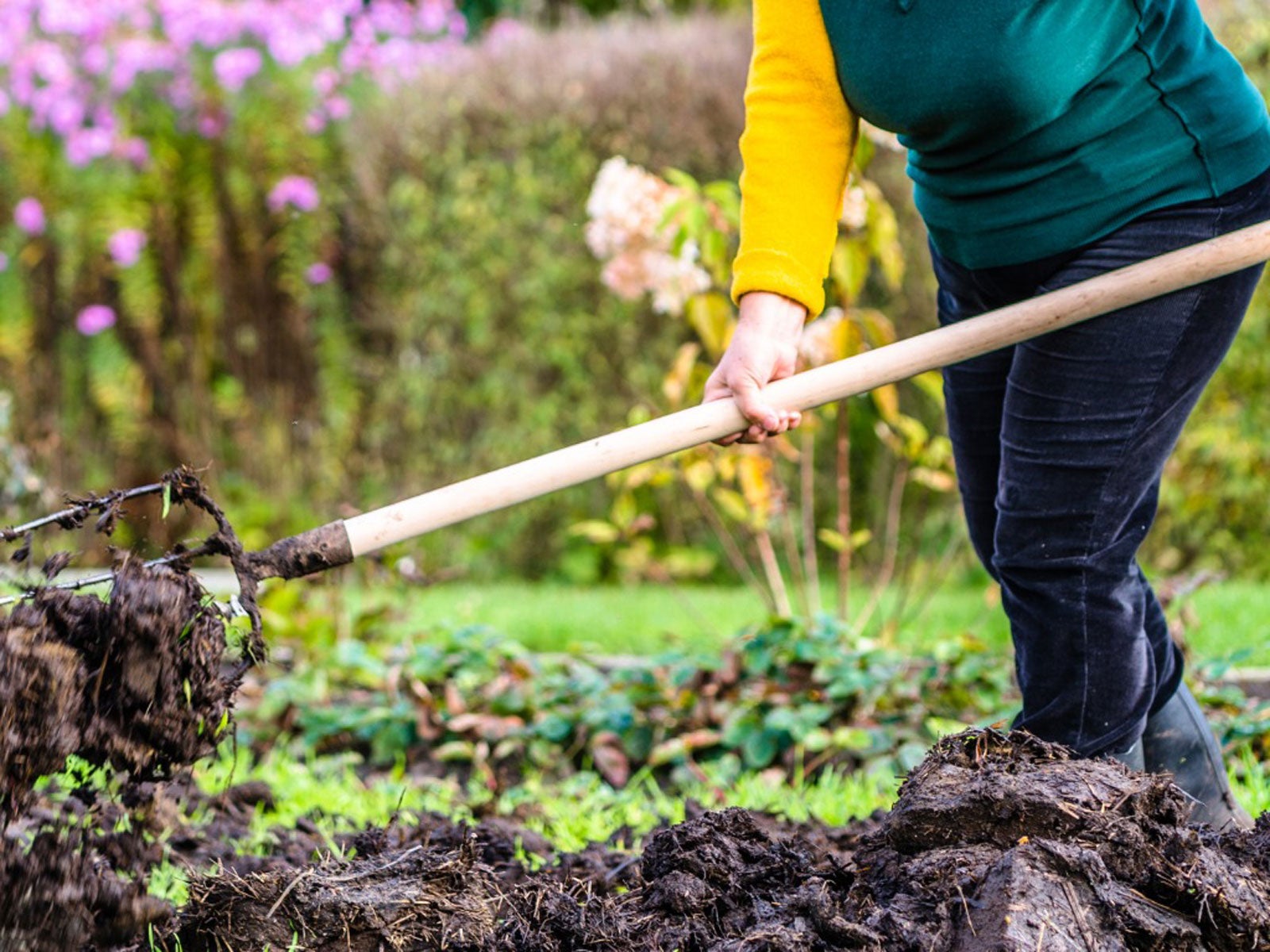Prepping New Beds In Fall – How To Prepare Gardens In Fall For Spring

Preparing fall garden beds is the best thing you can do for the next year’s growing season. As plants grow, they use nutrients from the soil that should be replenished once or twice each year. So how do you prepare gardens in fall for spring? Keep reading to learn about fall prep for spring gardens.
About Spring Beds in the Fall
It might seem odd to prepare spring beds in the fall, but it is actually the ideal time. While beds can be amended in the spring, prepping new beds in the fall allows the compost to really settle and begin to enliven the soil prior to spring planting.
As you ready to prepare gardens in fall for spring, you may need to prep new beds and empty out existing beds or beds that are already filled with shrubs, bulbs, etc. The exact fall prep for spring gardens in these scenarios is slightly different.
How to Prepare Gardens in Fall for Spring
Whether prepping new beds in fall or amending existing beds, the basic idea is to incorporate plenty of organic matter into the soil. In all cases, work the soil when it is damp, not wet.
In the case of prepping new beds in the fall or existing but empty beds, the process is simple. Amend the bed with 2 to 3 inches (5- 8 cm.) of compost mixed well and deeply with soil. Then cover the bed with a 3 to 4 inch (8-10 cm.) layer of mulch to slow down weeds. If desired, top dress with another layer of compost.
For beds that have existing plant life, it isn’t possible to dig deep down to mix the organic matter with the soil, so you need to top dress. Top dressing is just adding 2 to 3 inches (5-8 cm.) of compost to the soil and working into the top layer as much as possible. This can be tricky due to root systems so, if it isn’t possible, even applying a layer atop the soil will be beneficial.
Be sure to keep the compost away from plant stems and trunks. Add another layer of compost atop the soil to repel weeds and conserver moisture.
Gardening tips, videos, info and more delivered right to your inbox!
Sign up for the Gardening Know How newsletter today and receive a free copy of our e-book "How to Grow Delicious Tomatoes".
These are just the basics to fall prep for spring gardens. If you do a soil test, the results may indicate additional amendments are needed. As for organic matter, compost is king, but chicken or cow manure is wonderful, provided you add them to the soil in the fall and allow them to age a bit.

Amy Grant has been gardening for 30 years and writing for 15. A professional chef and caterer, Amy's area of expertise is culinary gardening.